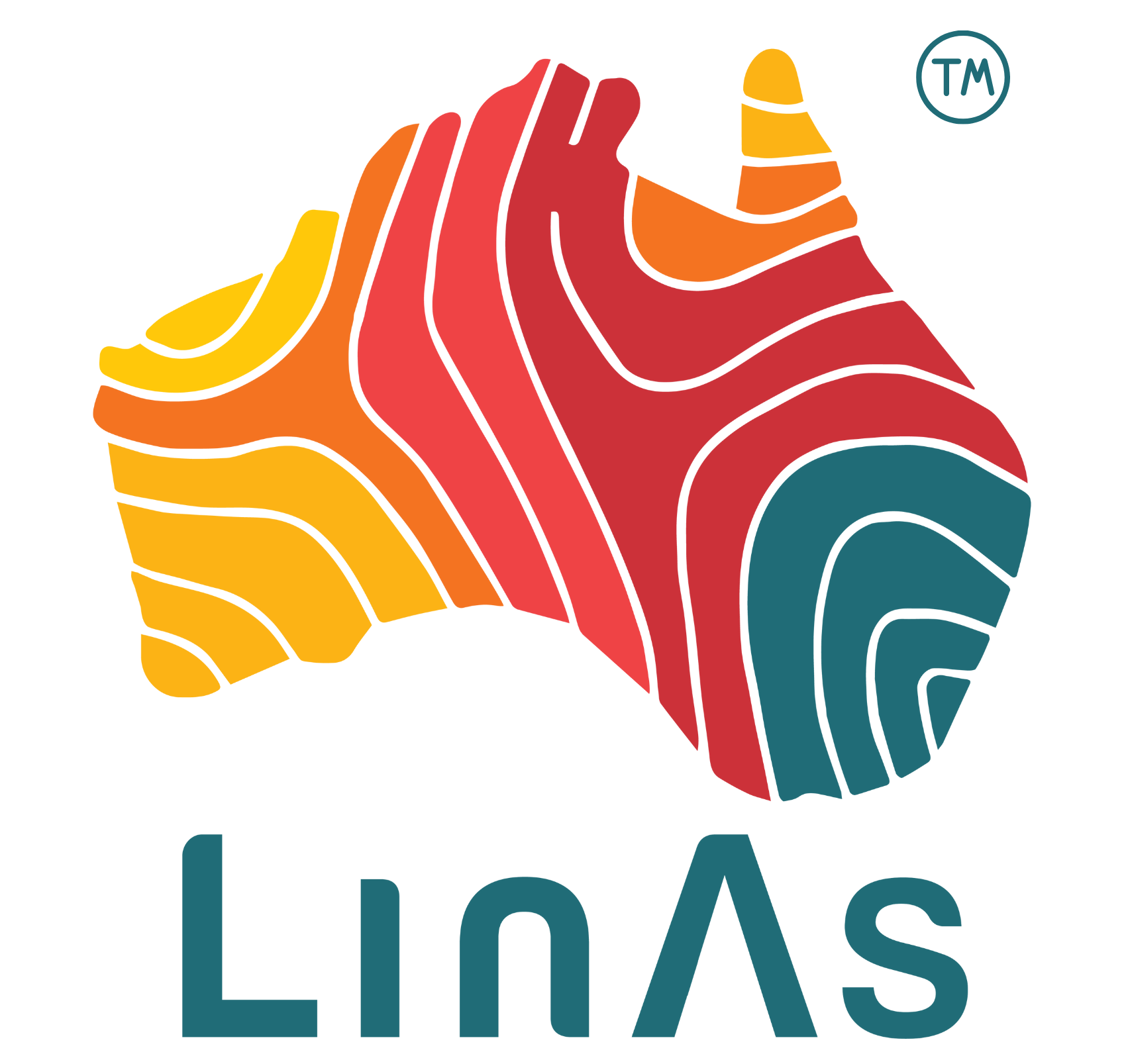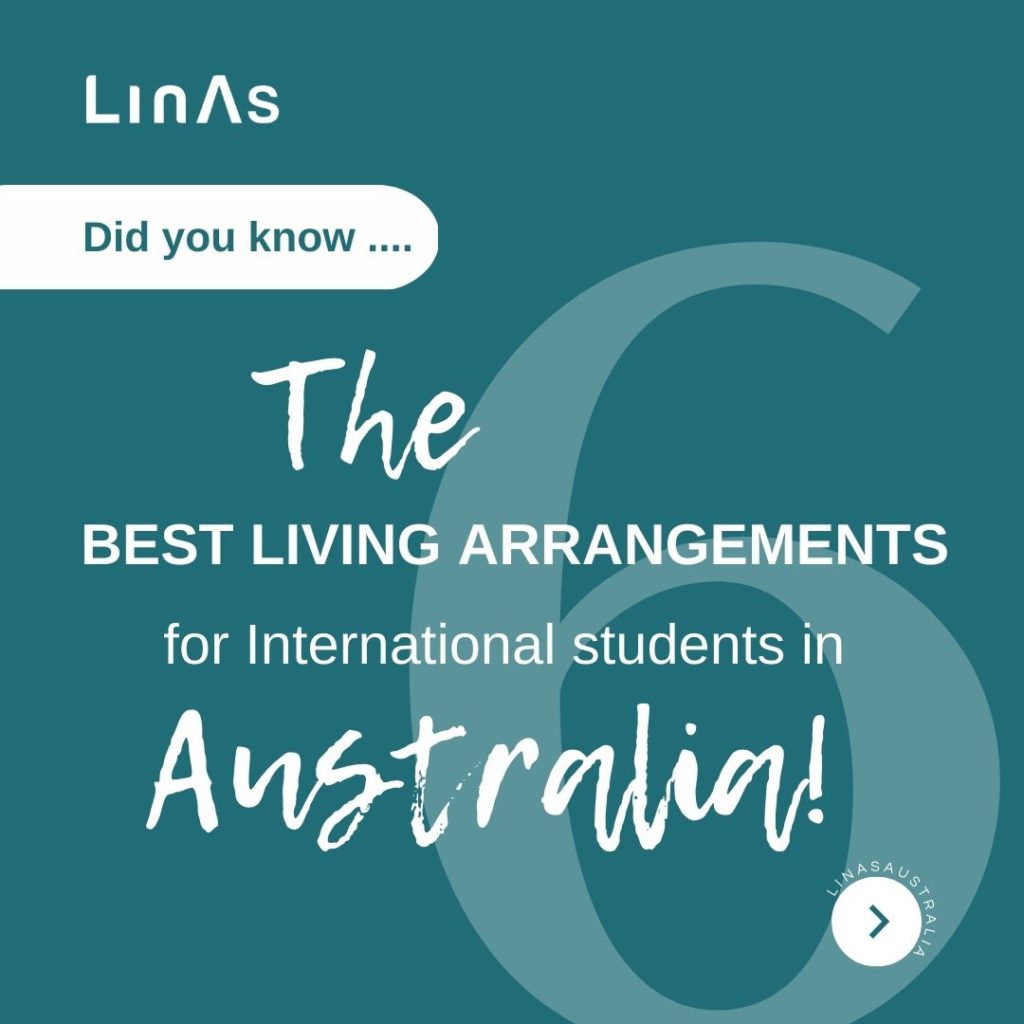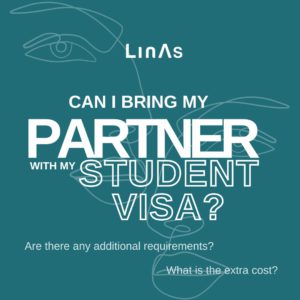Living arrangements available for International Students in Australia!
When moving abroad accommodation options are a major concern. Finding a stable roof is what makes the difference between feeling safe and comfortable within a new environment or feeling distressed.
LinAs has active partnerships with different education providers and accommodation agencies to ensure students can book a safe and welcoming space to arrive at when coming to Australia.
We strongly recommend students have at least accommodation for the first month secured as it could be quite time-consuming and demanding to find a house and employment at the same time. However, we know – a few of our members are quite adventurous travellers, willing to reach first before exploring accommodation options.
In Australia, there are 6 main ways to live while on a student visa,
1. Student accommodation
They are all-inclusive rooms and studio apartments available for short and long-term stays. Usually strategically located, nearby universities and highly-student rated areas.
Apart from the living arrangement, this accommodation type offers a vast range of social spaces, building amenities and outstanding events for everyone to develop their connections abroad.
Student accommodation offers an excellent opportunity for those looking for their own space within a student-centred environment. Prices varied between building locations and amenities, room sizes, and the company that runs the building. Consider prices from $400 per week!
2. Homestay
Under this accommodation type, you will stay at a local residence, usually close to your campus, where you will be living with a family. Families are required to register directly with the colleges and if approved, they can host international students for short and long-term options.
If you are interested in having a cultural immersion, homestay is a great opportunity to practice and engage with the local community. Here, you will be sharing family time as well as developing your connections within local networks.
Directly with the school, we can help you apply for homestay options. Usually, students take the first month and extended it monthly if needed.
Room prices and requirements may vary between cities and families as well as the additional services that it includes, such as the inclusion or exclusion of a certain number of meals per day.
3. Au Pair
This living arrangement is similar to homestay with the slight difference that you will not be required to pay for your room. Instead, you will be required to perform certain household activities, including looking after pets and the children in exchange for:
- a private room,
- 3 meals a day, and
- additional payment for the services provided.
Multiple Au Pair companies are available in Australia to the extent that education providers have started to make available their own in-house au pair options.
This accommodation type is ideal for those who would like to secure an income from abroad. However, as this arrangement includes looking after children and pets, depending on the circumstance, you will be required to pass a reference check, and a working with children check.
4. Demi Pair
Similar to Au Pair, you will be cohabitating with a local family and won’t be required to pay for your room. However, you will support, either 3 hours a day, Monday to Friday, or 15 hours a week with household activities. In exchange, you will get a private room and three meals a day.
Be mindful that, under this accommodation type you won’t receive additional payment as the work hours are considered enough to cover your living expenses, as per room price, utilities and food.
5. House or flat sharing.
This is the most common way of living among young Australians and travellers. Available rooms are commonly advertised on flatmates.com.au, flatmatesfinders.com.au, or even, Facebook groups. Once you have identified your desired location and your budget, you can keep an eye out for suitable properties. You can get in touch directly with the person promoting the room and attend inspections to assess property status and get to know your potential flatmates (housemates).
Please do not pay any deposits before inspecting a property and make sure you take a room at a place where you have things in common with existing flatmates or places where you feel comfortable and safe. There is nothing worst than to live in a place where you feel you cant socialise, talk or interact with others. Find your right fit and embrace the newly made connections!
6. Renting your Own Place
Finally, but not least, renting your place. This option might be slightly difficult when you do not have available references in Australia and/or access to payslips to prove your employment status and the ongoing income source.
Considering the nature of this topic and the level of detail required, we have written an entire article about renting your property in Australia. here, we share our insights as well as some tips and tricks aiming to help you when applying for your place in Australia. Read the full article here.
If you are planning to travel to Australia and do not know where to start or who to ask, we invite you to book a free consultation with our Education Experts. Here, you will receive valuable information about student visa requirements, education options available and even, career opportunities after course completion.













